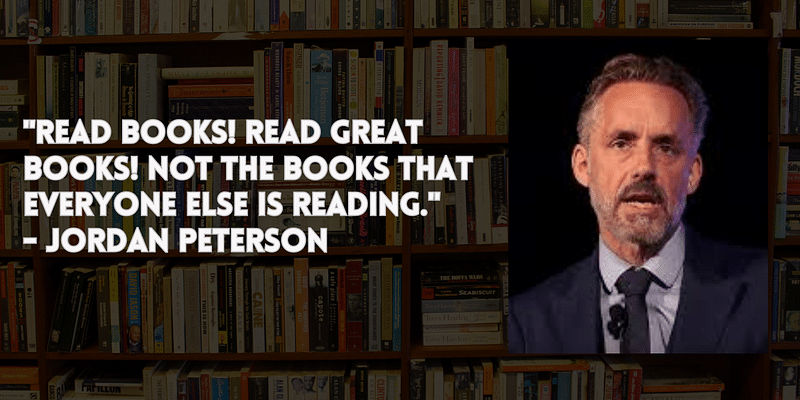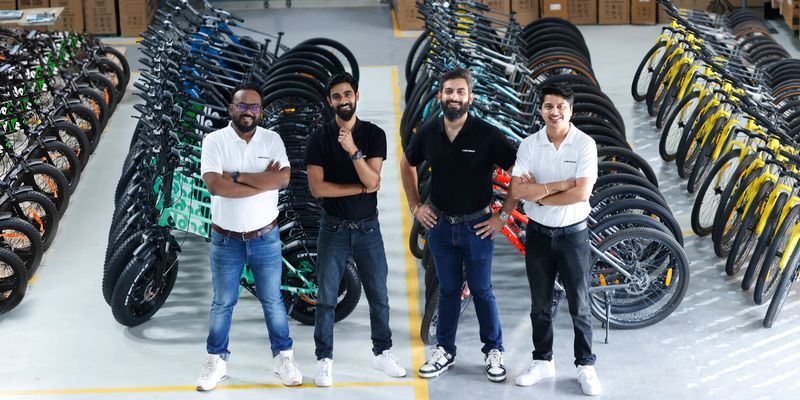TagBox is turning up the heat in the country’s cold chain monitoring space
It seems strangely prophetic that school friends Adarsh Kumar and Saumitra Singh first discussed starting up in the cold chain industry over a pint of chilled beer. Adarsh had relocated from the US in 2013 and was working with Mu Sigma in Bengaluru, while Saumitra was looking for a new opportunity after wrapping up his first entrepreneurial venture.
They realised that despite the cold chain industry growing at a 30 percent CAGR in India, it was riddled with inefficiencies, including local or fragmented visibility, low tractability, product spoilage, significant dependence on human intervention for quality control, the inability to meet compliance and regulatory requirements, and very little root cause analysis towards improving cold chain processes.
They sensed an opportunity in this untapped market and decided to leverage their years of experience in IoT (Internet of Things), automation and analytics to form the foundation of their cold chain supply business. Joining them was Sameer Singh, a friend of Saumitra’s, and together the trio created TagBox in August 2016.
The young startup helps its clients create reliable and sustainable cold chains through comprehensive solutions that use IoT, advanced analytics, as well as automation and control, which gives them real-time visibility into the entire cold chain (cold storage, cold transit and retail refrigeration). This helps reduce product spoilage, meet compliance requirements, cut energy costs, prevent theft and pilferage, decrease cargo insurance premiums and optimise transportation costs.
“The three of us had spent most of our careers in the exciting world of startups. Entrepreneurship seemed the natural progression. We felt our combined skill sets would create an interesting solution. So, we took the plunge,” recalls Adarsh, who has spent more than a decade working on advanced analytics and business development for Fortune 500 companies.
The name TagBox itself comes from the gap in the market they decided to address when they started researching the cold chain space. They zeroed in on the idea that tagging cold chain shipment boxes with their proprietary Tag360 sensors would ensure that the shipments’ quality was not compromised.
The Tag360 sensor not only monitors basic cold chain essentials such as temperature and humidity, but also controls door activity and power, besides tracking the vehicle’s location, speed and fuel levels. This gives clients the ability to not only track cold chain health, but also readily identify the root cause and diagnose breakdowns or failures. These sensors transmit data from Tag360 sensors to Hub360 gateways via Bluetooth, which is then communicated to their cloud platform via WiFi or a cellular network.

Clients can then monitor the end-to-end health of their cold chain through a central monitoring dashboard via a web or mobile interface. Different stakeholders along the cold chain can view the health of the parts they are responsible for.
Additionally, TagAlert, their smart notifications system, sends text and email warnings and alerts to accountable personnel in the event of breaches, door-breaches, unauthorised stops and detours. Their advanced analytics modules can also send pre-emptive alerts based on historical patterns and root-cause alerts based on triangulation with other telemetry or EDW data.
“Monitoring multiple parameters gives our clients the ability to not only actively monitor the health of the cold chain, but also identify the root cause in case of breakdowns or failures,” says Adarsh.
He adds that their predictive models help organisations go beyond just diagnosis to an actual prognosis, which lets them actively prevent chain breakdowns. “Foresight into potential spoilage can help businesses plan cold storage or transit scenarios better,” says Adarsh.
To enable this, their customers purchase their IoT devices (various types of sensors, communication gateways, etc.) for an upfront one-time fee. The software platform which enables live tracking, central operations monitoring and basic to advanced analytics is licensed to customers for a fixed monthly subscription fee.
They already have paid proofs-of-concept (POCs) with large customers across verticals such as pharma, food, logistics and e-commerce. According to Adarsh, some of these are about to convert into full engagements.
TagBox is also in the process of filing for more patents around its devices and communication protocols that enable wireless, on-the-go installations in sub -40⁰C environments and locations with unreliable networks.
As a growth-stage startup, TagBox has faced multiple challenges with sales cycles, tech development and finances. However, the biggest challenge has been focusing on building solutions exclusively for cold chains, while other generic IoT opportunities came knocking on their door. “We have had to refuse a couple of lucrative big brand deals because they would have been completely tangential to our vision. It was a difficult pill to swallow, but in hindsight the right thing to do,” says Adarsh.
He believes that it was their determination that has to keep them focused on a building a reliable solution for their customers.
TagBox was one of the eight shortlisted companies in Cycle 1 of the Qualcomm Design in India Challenge for 2017 and is getting support from Qualcomm in designing their products. The team hopes to accelerate the development of an ultra-low power wireless gateway that can help them enable and monitor global, multi-hop cold chains without using fixed installations.
“We want to leverage Qualcomm’s low-power mobile and wearables platform. Qualcomm arguably holds the best low-power mobile portfolio, which is critical for our product. We also expect to benefit from their pre-certified platforms, as well as OEM connects to accelerate some of our hardware development,” says Adarsh.
Adarsh says that folks at the Qualcomm Innovation Lab have been very supportive. “The QDIC team has great in-depth knowledge of the platform we are working on, and even comes up with solutions of their own when presented with a problem. We are yet to hear them say something is "not possible,” he adds.
TagBox is currently working with Indian businesses for both their domestic and export cold chains. They hope to expand their operation to the Asia-Pacific region over the next 6-9 months and further into the US and Europe in the next 12-18 months. Currently bootstrapped, TagBox is also in talks with investors to raise their first round of funding.

Technology has given cold chain monitoring a significant boost, and the space is growing at a rapid pace. According to a Markets and Markets report (Cold Chain Monitoring Market by Component (Hardware: Data Loggers & Sensors, RFID Devices, Telemetry & Telematics, Networking Devices, and Software), Logistics (Storage, and Transportation), Application, and Geography - Global Forecast to 2022), the cold chain monitoring market is expected to grow from $ 3.11 billion in 2015 to $ 6.23 billion by 2022, growing at a CAGR of 9.84 percent between 2016 and 2022.
Some of the well-known global players include US-based Sensitech, Inc., ORBCOMM, and Monnit Corp; and the Swiss-based Berlinger & Co. and ELPRO_BUCHS AG. The report also finds that the cold chain monitoring market in the Asia-Pacific region is expected to grow at the highest rate between 2016 and 2022 on the back of the growing demand for food, increase in population relying on medication, and rapid urbanisation.
India’s cold chain sector is anticipated to reach Rs. 624 billion ($13 billion) in 2017, according to 2014 estimates. Almost 40 percent of India’s total food production is lost in transit, wasted by consumers or damaged (according to the United Nations Development Program), and nearly 80 percent of medicines produced lose their potency due to inferior temperature controls during transport. Therefore, it should come as no surprise that the cold chain monitoring space in the country has seen growth and the emergence of multiple players. What will ultimately differentiate one from the other is the efficiency, precision, and timeliness their technology delivers.











